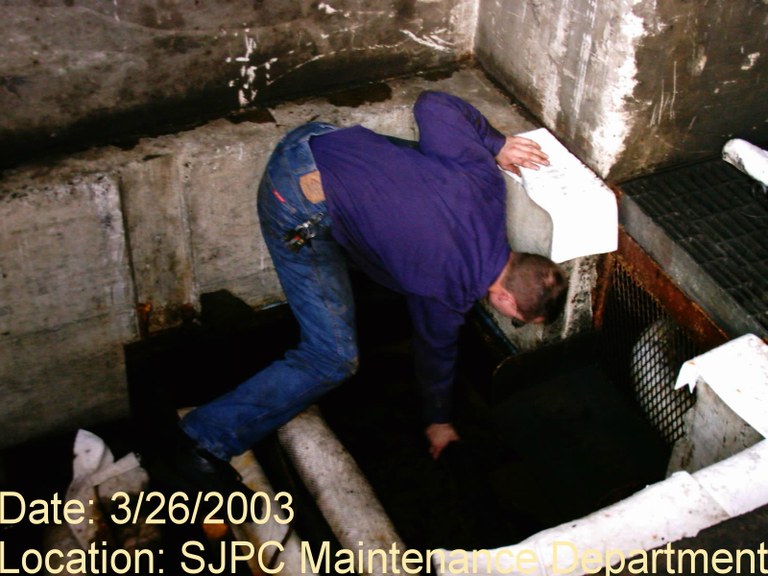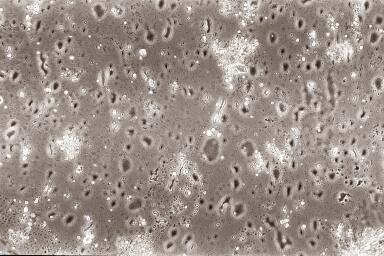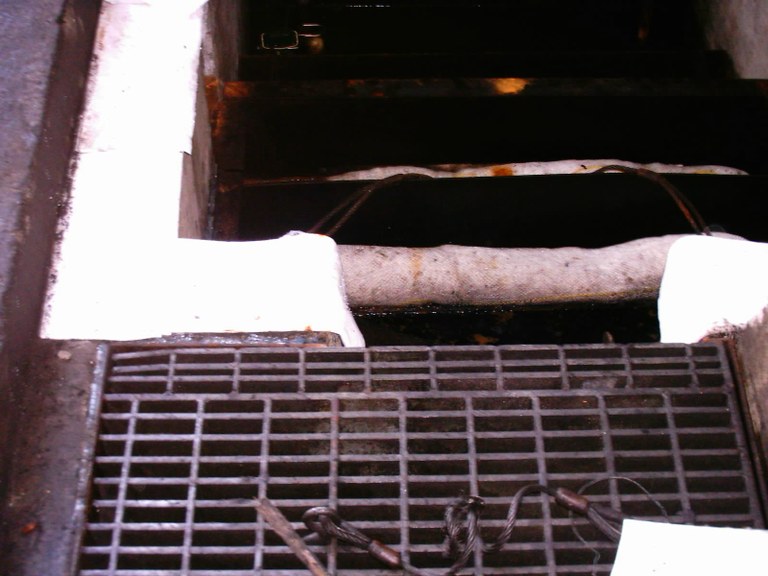 Made Proudly in the USA
Made Proudly in the USA 
 Made Proudly in the USA
Made Proudly in the USA 
Water from the maintenance shop in South Jersey Port Corporation in New Jersey was generally contaminated with free oil and grime during pressure washing and the shop would wash at least four vehicles in a day. Wash water was released through oil water separator system using absorbent socks and diapers to absorb the oil before release into the waste stream as per the directive of the local municipality. The TPH of the water received from the washing of vehicles in the South Jersey Port was pretreated with SpillRemed and in one weeks time there was more than 90% reduction in the oil content and the water was clear. Pre-treatment of sump water before passing through OWS reduces load on the existing system and also prevents discharge of oil in the waste stream. The study showed that toxic effect of the hydrocarbon was reduced by SpillRemed as evidenced by sudden growth of protozoans. Incidentally it was noted that these protozoans fed on the bacteria in SpillRemed indicating the beginning of a food chain in a system that did not support any life earlier.

The water after washing the inside of the port vehicles is first stored into the sump before releasing through the oil water separator and an operator is seen collecting a water sample before treating the watere in the sump with SpillRemed (Industrial) as seen in this photograph.

The process of bioremediation of oil received from the wash water is to first disperse the oil into smaller droplets for the microscopic bacteria to consume. The photograph shows breakdown of oil immediately after addition of SpillRemed (Industrial)

Once the oil is broken down into smaller droplets, bacteria consume the oil. TPH of the oil in the wash water on the day of treatment was 286 ppm with a large population of bacteria along with the oil droplets. However, on 7th day another sample was collected and interestingly this was water was very clear. Under microscope, the population of bacteria was much less than on the start day and the TPH of the water was 25.6 ppm thus suggesting that once the oil is consumed, bacteria die a natural death. One more significant observation was that there was a sudden increase in protozoan population in this water and this was attributed to the reduced toxicity of the water in the sump. These protozoans were transferred into a culture medium to facilitate the growth of the population and in one set the protozoan were fed with SpillRemed and one could see that the population of these ciliates was actually feeding on the bacteria and thus in a water which did not allow healthy growth of protozoans, there was now an establishment of a food chain.The results answered an important question of what happens to the bacteria after the oil is consumed; they either die a natural death in the absence of any available food or predators consume these bacteria.

The wash water after cleaning port vehicles under 2000 psi contains oil and grime that passes through the oil water separator that absorbs free oil and facilitate discharge of water free from oil into the waste water stream. However, there have been incidents where the local municipality cautioned thte corporation of discharge of oil.

The photograph shows another view of the oil water separator.